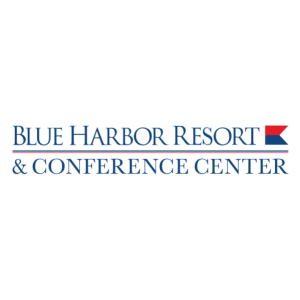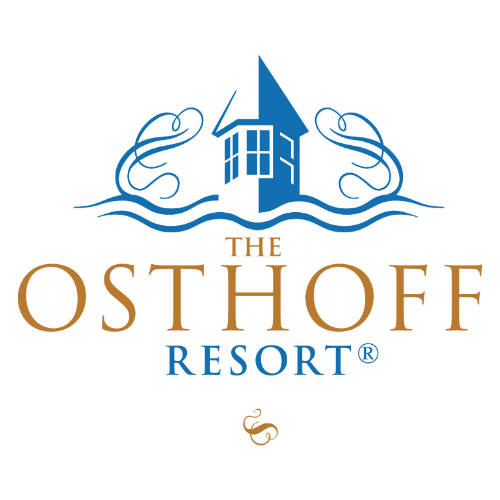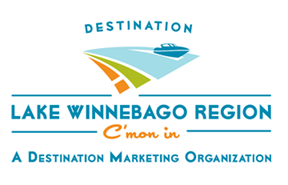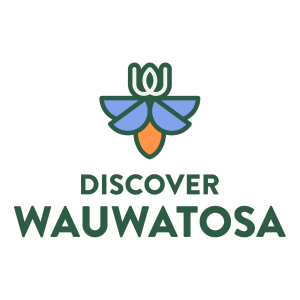Eliminate Zoom Fatigue with Innovative Content
10/05/2020
By Shelby Rowe Moyer
In the same way different angles and perspectives in a movie add intrigue, so do the breaks and transitions within an event. Every event needs those little moments of reprieve, to switch up the point of view and keep viewers engaged.
And those are the moments of opportunity that will help your event stand out amongst all the others, especially on virtual platforms, where entertainment options are limited. The team at Meetings & Incentives Worldwide, an event management company headquartered in southeast Wisconsin, have mastered this.
Recently, they created a COVID-19-themed rendition of “The Price is Right” called The Price is Tight, complete with a game show set and contestants competing live from their home offices on things like the current price of hand sanitizer and toilet paper.
M&IW staff also came up with the idea to create a mini carpool karaoke session during their annual company event. A handful of employees and clients pre-recorded their karaoke sets, and an emcee served up the videos to attendees with real-time polling to decide which contestant was the best.
“Even for our live events, we always had a game show element,” says Marie Johnson, CMP, director of marketing and strategy. “After the lunch hour, we bring everyone back and we had the same sort of thing in a live environment, because you want to keep the audience engaged. We were challenged this year. How do you make it feel fun and not cheesy in a virtual environment?”
The virtual game shows were a hit, according to Johnson. The interactive break segments were brief, no more than seven to 10 minutes, and they infused a burst of audience participation. Whenever M&IW is planning event programming that aims to impart information, like year-end company statistics or successes, creating some kind of creative game or messaging is a great way to do that, Johnson says.
She says they’ve also taken into account Zoom fatigue and that a lot of events are centered around speakers. At one event, M&IW hired visual artists to live-sketch elements of the presenters’ speeches. It gave the audience something else to look at and helped hold their attention, Johnson says.
But the creative elements of a virtual event can be simple and still intriguing. At large-scale companies, for example, it’s possible that many employees or customers haven’t had the chance to visit the corporate headquarters, Johnson says. Including a little, executive led tour around the office during a virtual event is a fun way to draw the audience closer.
Missy Peterson, the senior director of event technology strategies for M&IW says the sky is essentially the limit in terms of what you can accomplish with virtual events. Animation, avatars and even sophisticated virtual trade shows can be executed via video production, Peterson says. Of course, the level of flair is dictated by time and budget constraints, as well as the goal of the event.
When planning a virtual event, here are some elements Johnson and Peterson recommend you consider:
No. 1: Limit the length: Instead of having your audience all day or all evening, you really only have them for a couple hours. Consider the content you want to deliver live. “Maybe prioritize or demote some content that can be delivered on-demand,” Peterson says. “It’s the difference between inspirational and informational. If it’s informational, you can get it on-demand. If it’s inspiration, you want to make sure you have the audience’s active participation on screen.”
No. 2: Technology is not the same as production: “If you want to recreate the ‘Price is Right,’ or you want a lot of animation, or if you think about how on the news there’s the lower third with (the speaker’s) name and a video clip playing — that’s production. That doesn’t just automatically happen when you turn on a Zoom meeting,” Peterson says.
These extra elements have to be planned, designed and executed by a production team in advance of the event.
No. 3: Keep copyrights in mind: Music, images and video clips could be subject to copyright, Johnson says. Meaning, you can’t play the Top 40 Hits without buying the royalties for it. If you’re live streaming your event, on say, YouTube it’s possible your live stream could be cut off if the service notices copyright materials are being improperly used.
No. 4: Event marketing happens later: Instead of marketing your event months in advance, M&IW suggests marketing them weeks in advance. If you have on-demand content for attendees, you’ll also want to alter how you communicate with them after the event.











